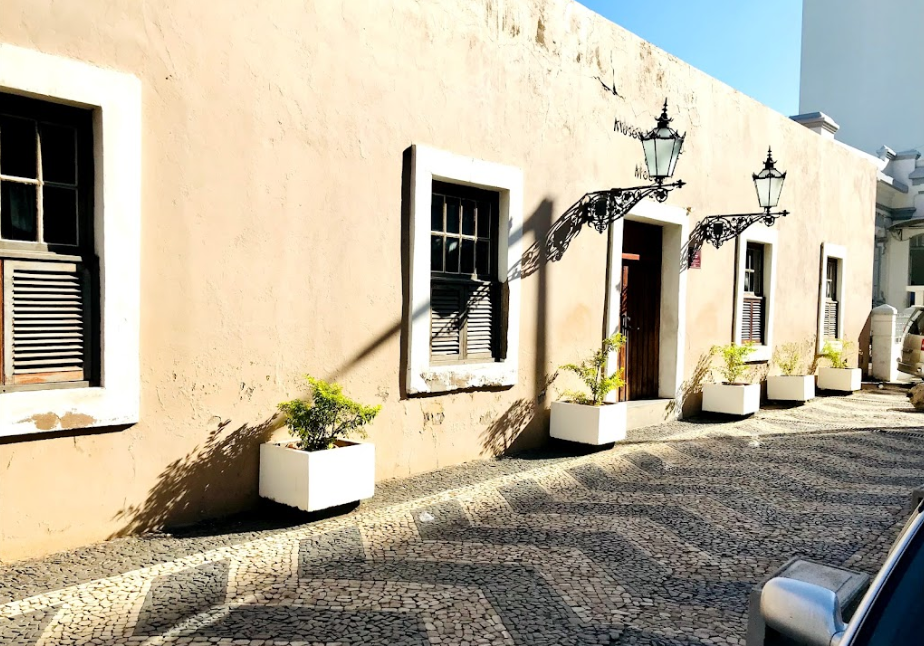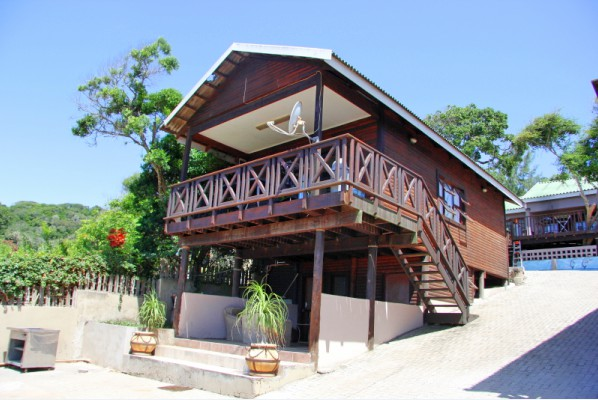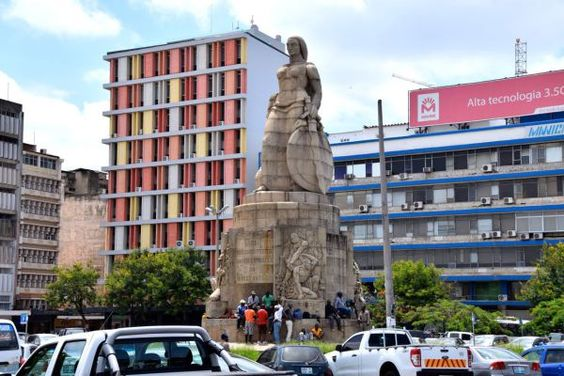Maputo
Maputo is the capital of Mozambique, and it sits on the coast of the Indian Ocean. If you love history and you want to see the preserved Portuguese neo classical architecture, then Maputo is the place to be.
The city is deep-rooted history dates back to the 1500s when it was only a fishing village.
Walking the broad, leafy avenues of Maputo, Mozambique's capital and bustling harbor city, you can discover numerous architectural gems and come to appreciate the area's Portuguese-influenced culture. Flanked by a vibrant blend of decaying colonial-era mansions and concrete apartment blocks, the city streets offer access to flower gardens, bustling marketplaces, and roadside stalls selling fresh fruit and local snacks. Attractions in Maputo include museums, numerous historic buildings, lively beaches, and a variety of cafes, restaurants, and bars, all accessible from the city's flowery boulevards. Add Maputo and other destinations in Mozambique to your travel itinerary using our website.
With its fusion of Mediterranean architecture and influences from African, Indian, and Arabic cultures, Maputo is the most cosmopolite city of Mozambique and the Mozambican cultural capital.
It is suitable for visiting all year round since southern Mozambique is usually a milder rainy season. However, if you want to travel the northern part of the country as well, you should consider visiting between May and September.
Maputo Attractions
The heart of the nation, Maputo has loads to offer every kind of traveler. From adventure to relaxation and everything in between, it's impossible to get bored. Start organizing your ideal to-do list today and hit the ground running.
If you're ready to hit the streets of Maputo, sign up for a few of the top tours & day trips on offer, and have an expert show you the most popular sights. Offering free cancellations and no added fees, our fun activities are also worth a look.
See trip ideas on our featured articles below for a more details insights on Maputo.

The City Maps
Trip Ideas
FEATURED ARTICLE
Maputo–Katembe bridge
The Maputo–Katembe bridge (Ponte de Maputo a Katembe) is a suspension bridge across Maputo Bay in southern Mozambique. The bridge connects the Mozambican capital Maputo, on the northern bank, with its disjunct suburb of Katembe on the southern bank. Construction work began in 2014 and the bridge officially opened 10 November 2018. The construction work was carried out by the Chinese China Road and Bridge Corporation; a large part of the project is financed by loans from the Chinese Exim Bank. The majestic infrastructure spans over the Port of Maputo The bridge is the longest suspension bridge on the African continent, replacing the Matadi Bridge, completed in 1983 in the Democratic Republic of Congo, for this distinction

FEATURED ARTICLE
Fortress of Our Lady of Conception
Representing one of the primary historical monuments of the city, Fortress of Our Lady of Conception (Fortaleza de Nossa Senhora da Conceição) is a popular tourist attraction housing the remains of a Gaza emperor named Ngungunhane. The place has a quadrangular plant which was erected in the masonry of reddish stone. This early 18th-century fort has a cavalry dominated by a statue of Mouzinho de Albuquerque, the former governor-general of Portuguese Mozambique. The statue of Mouzinho on horseback was inaugurated in 1940 and is a must visit for the history buffs. Get to know about the city statues of colonial times and history of Mozambique and browse through the museum’s artifacts at this interesting fort.

FEATURED ARTICLE
Cathedral Of Our Lady Of The Immaculate Conception
A roman catholic cathedral nestled in downtown Maputo, Cathedral of Our Lady of the Immaculate Conception’s foundation stone was laid in 1936 and was completed in 1944. Designed by a railway director and Portuguese civil engineer named Marcial Simões de Freitas e Costa, the cathedral is a simple style building ideal to find peace amidst the hustle and bustle of the city.
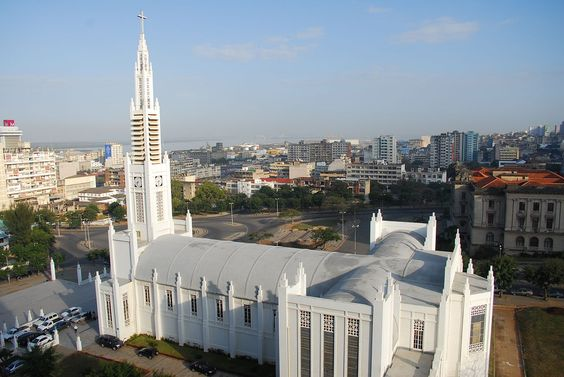
FEATURED ARTICLE
Inhaca Island
A subtropical island separating Maputo Bay from the Indian ocean, Inhaca Island has an irregular coastline and is a popular destination among ecology researchers and ecotourists. The primary land area on the island is comprised of cultivated fields while the grassy plains are covered with usnea-covered dune forests. 160 coral species and 300 bird species adorn the island, and whales and dolphins can also be spotted here.

FEATURED ARTICLE
Parque Dos Continuadores
You can't miss this one if you come to Maputo. The Parque dos Continadores market is located in a convenient avenue in the city, it’s a market where you can buy light meals, curios, souvenirs and off course art. The market is surprisingly quiet and not too noisy for the new patron. The Market has a certain Mozambican flare that the markets in the surrounding towns or other cities just can’t pull off. Usually last Sunday of every month you have a gastronomy fair, with local food. And women out there who loves to bargain, bring out your skill here as there is always a room for negotiation and you can’t stop splurging. Open at 7:00 a.m. till 7:00 p.m., every day around the year.

FEATURED ARTICLE
Katembe by ferry
Very exciting trip. Magnificent scenery and the trip across by Ferry is a wonderful, experience and a total cultural shock at times. Katembe, also Catembe is an urban center in Mozambique. Located on the Maputo Bay, it is a suburb of Maputo, the national capital. The name also applies to the administrative district, of which the town is the headquarters.

FEATURED ARTICLE
Casa De Ferro
Designed by the Eiffel tower designer, Gustav Eiffel, Casa de Ferro is a masterpiece made entirely from iron. This prefabricated building is a historic landmark which was designed for the then governor of Lorenzo Marques. Fascinating history and a craft shop make the iron house an integral tourist spot. Originally constructed in Belgium, the house was transported to and assembled in Mozambique. The place also serves as the home for amateur writers’ association.
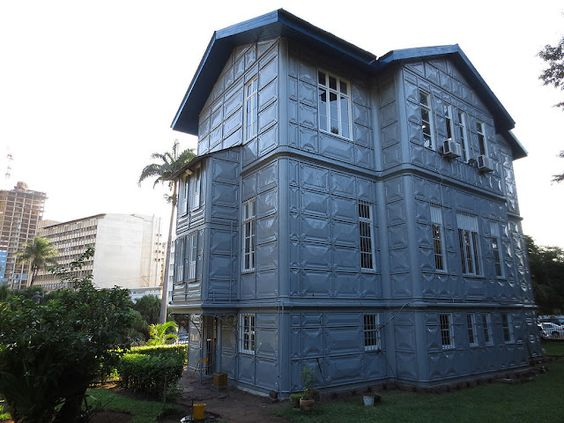
FEATURED ARTICLE
Jumma Masjid
With a rectangular floor plan, Jumma Masjid remains the largest and oldest mosque in Mozambique. Made of stone with lace-like floral ornaments and geometric shapes on the facade, the mosque represents a mix of Portuguese and Arabic architectural styles. Inside, white chandeliers oversee a wall-to-wall Persian carpet with red oval spots designating furrow-like places for prayers.
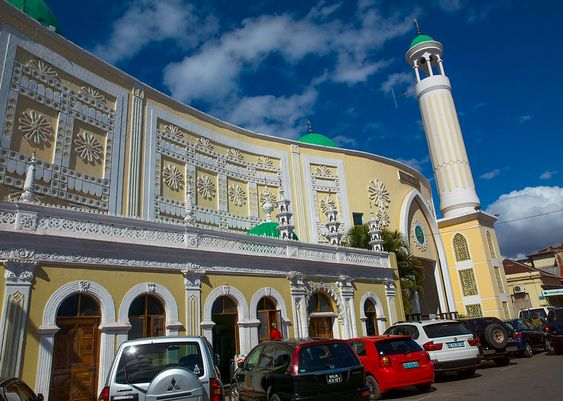
FEATURED ARTICLE
Museu Dos Cfm
Paroquia Santo Antonio draws tourists with its mMaputo’s landmark train station is one of the city’s most imposing buildings. The dome was designed by an associate of Alexandre Gustav Eiffel (of Eiffel Tower fame), although Eiffel himself never set foot in Mozambique. Also impressive are the wrought-iron latticework, pillars and verandas gracing the dark-green exterior. Inside is the Kulungwana Espaço Artístico, with a small exhibition of works by local and visiting artists, and sculptures and paintings for sale.odern architecture and atmospheric interior. The Portuguese architect Cavreiro Nuno Lopes designed this Catholic church in the early 1960s. Its futuristic conical shape is suggestive of an inverted flower or a spinning carousel, though it also reminds many visitors of a lemon juicer. Try to visit during the day to see the intriguing play of light in the interior created by stained-glass windows covering the side openings and the central dome.
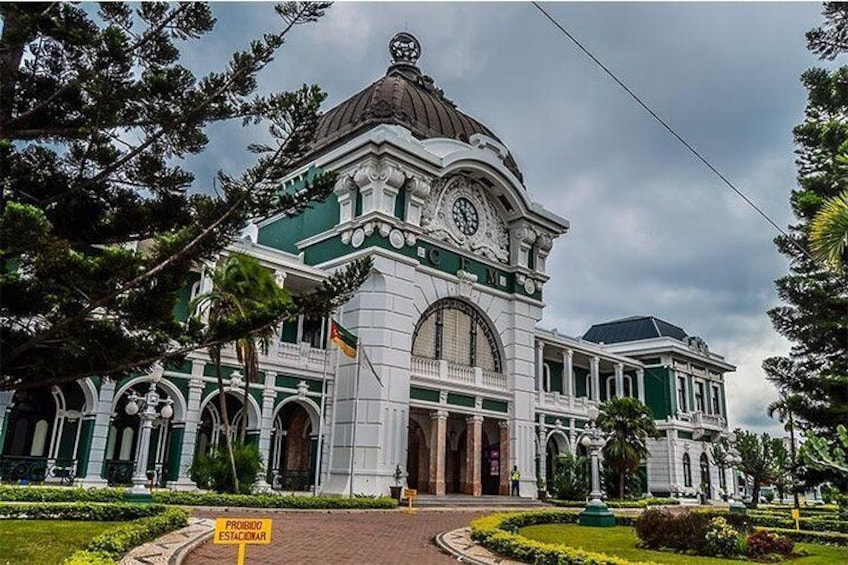
FEATURED ARTICLE
Praça da Independência
Praça da Independência (English: Independence Square) is a public square and focal point of Maputo, Mozambique. It was built by the Portuguese as Praça Mouzinho de Albuquerque (Mouzinho de Albuquerque Square) and was dominated by the statue of Mouzinho de Albuquerque, the former governor-general of Portuguese Mozambique. After the independence of Mozambique in 1975 the square was renamed Praça da Independência, and the statue of Mouzinho de Albuquerque was removed to Fortaleza de Nossa Senhora da Conceição and replaced by a statue of Samora Machel (1933-1986), the first president of Mozambique. The square is now dominated by the much larger Samora Machel Statue, which was built and dedicated in 2011. Praça da Independência is flanked to the north by the Maputo City Hall and to the east by Cathedral of Our Lady of the Immaculate Conception. Iron House, designed by Gustave Eiffel for the governor of Mozambique, is located just off the square. Tunduru Gardens, designed in 1885 by British gardener Thomas Honney, is located one block south of the square. Take a look at our Maputo journey planner to schedule your visit to Praca Independence Praça da Independência and learn about what else to see and do during your holiday.

FEATURED ARTICLE
Maputo Elephant Reserve
A nature preserve housed in the Maputo Bay, Maputo Elephant Reserve was established in 1932 and is home to a diverse variety of wildlife. Spanning an area of about 77,400 hectares across wetland forests, sandy soils, mangroves, and coastal dune forests, the reserve aims to protect white rhinos and elephants. The reserve is also home to hippos, red squirrels, pangolin, crocodiles, hoofed herbivores and numerous bird species.

FEATURED ARTICLE
Maputo Fish Market
The lively Fish Market is in a large white building en route to Costa do Sol. Peruse the many creatures that inhabit the nearby waters, or go all the way and choose what you’d like from the main hall and get it grilled at one of the small adjoining restaurants. Cooking prices average about Mtc160 per kilo. Stalls also offer rice, chips or other accompaniments on order. Waits can be long on weekends. The best time to visit is late afternoon.

FEATURED ARTICLE
Paroquia Santo Antonio
Paroquia Santo Antonio draws tourists with its modern architecture and atmospheric interior. The Portuguese architect Cavreiro Nuno Lopes designed this Catholic church in the early 1960s. Its futuristic conical shape is suggestive of an inverted flower or a spinning carousel, though it also reminds many visitors of a lemon juicer. Try to visit during the day to see the intriguing play of light in the interior created by stained-glass windows covering the side openings and the central dome.

FEATURED ARTICLE
Vila Algarve
Vila Algarve is a residential house in the Mozambican capital Maputo. Built in 1934 and later protected as a listed building, the building housed the Portuguese secret police PIDE/DGS until the end of the Portuguese colonial period in Mozambique. It is located at the intersection of Avenida Martires da Machava and Avenida Ahmed Sekou Toure. The building was erected in 1934 as a residence by Portuguese. Remarkable are the Azulejos, as a rare example of naturalistic decorated tiles from the time of the beginning of the twentieth century - alongside the Historicism architecture.
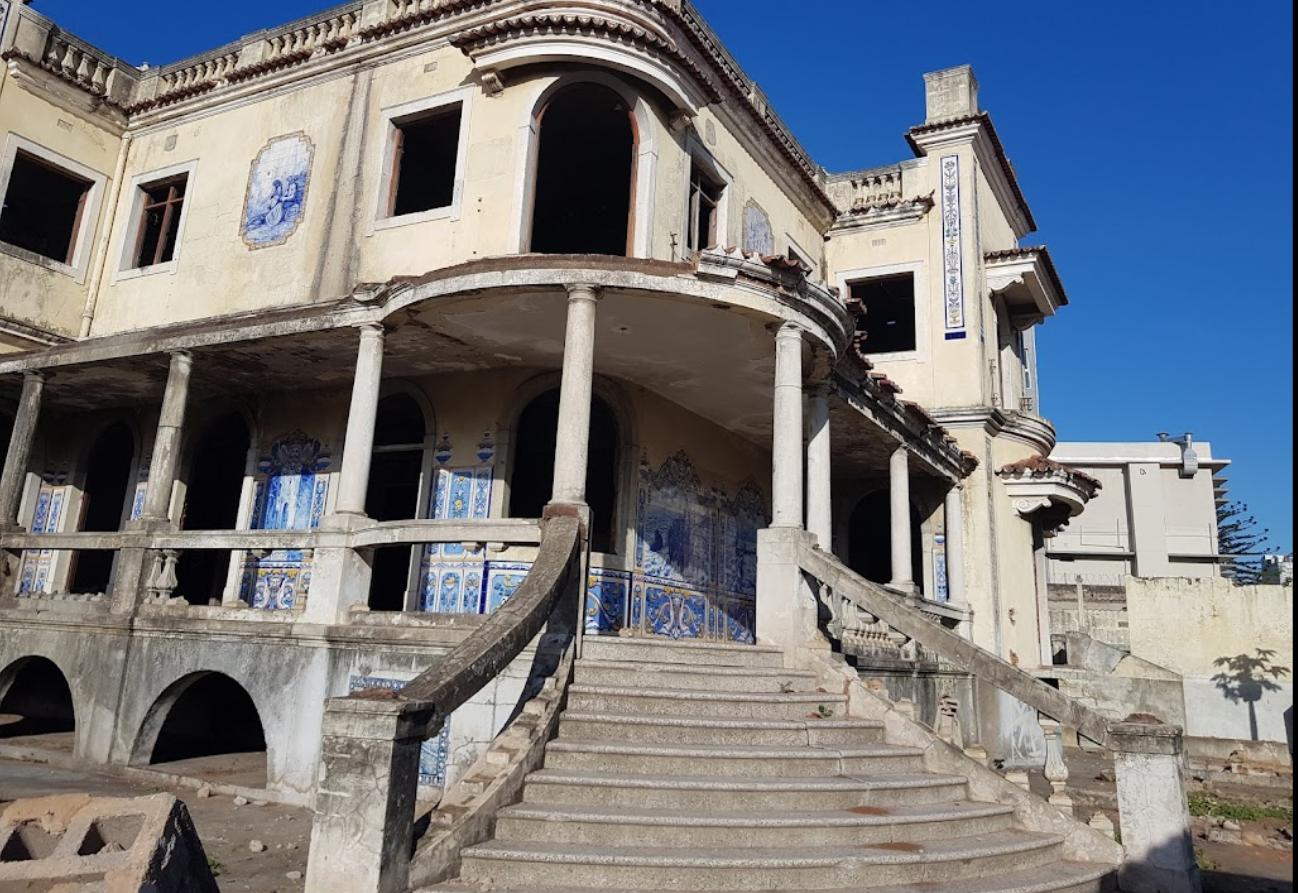
FEATURED ARTICLE
Natural History Museum
Apart from the usual displays expected at such facilities, Natural History Museum (Museu De Historia Natural de Maputo) exhibits some rather spooky dioramas with taxidermy specimens, as well as a collection of bleached elephant fetuses. The displays occupy a charming colonial building, originally built for a school but turned into a museum in 1933. The museum also features a small ethnology exhibit. Put Museu De Historia Natural de Maputo at the forefront of your travel plans
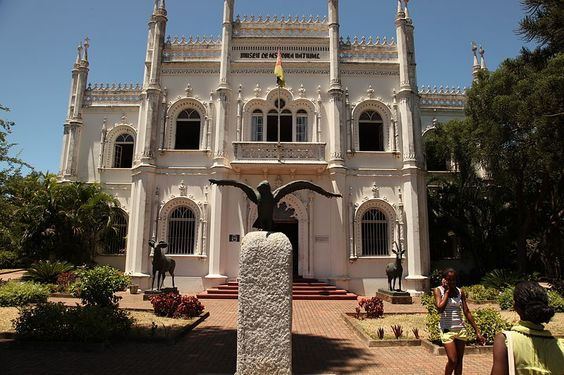
FEATURED ARTICLE
Casa Amarela
Casa Amarela ("Yellow House", in English) is probably the oldest building in Maputo, the capital of Mozambique. It currently houses the National Currency Museum (a museum entirely dedicated to numismatic, displaying over 5.000 related articles. If numismatic is among your main interests, don't miss the opportunity of visiting this unique collection.) This building is managed by the Eduardo Mondlane University. Built in 1787, Casa Amarela was one of the first stone-and-lime buildings to be built in the Lourenço Marques factory. When the surrounding region came to be governed by a District Governor, in the second half of the 19th century, this building became his official residence and, later, it also housed the government secretariat and the farm division. Remark: beautiful Fortaleza de Nossa Senhora da Conceição (the Maputo's historical fortress) is just on the other side of Praça 25 de Junho. You can easily combine both visits . Enjoy!
